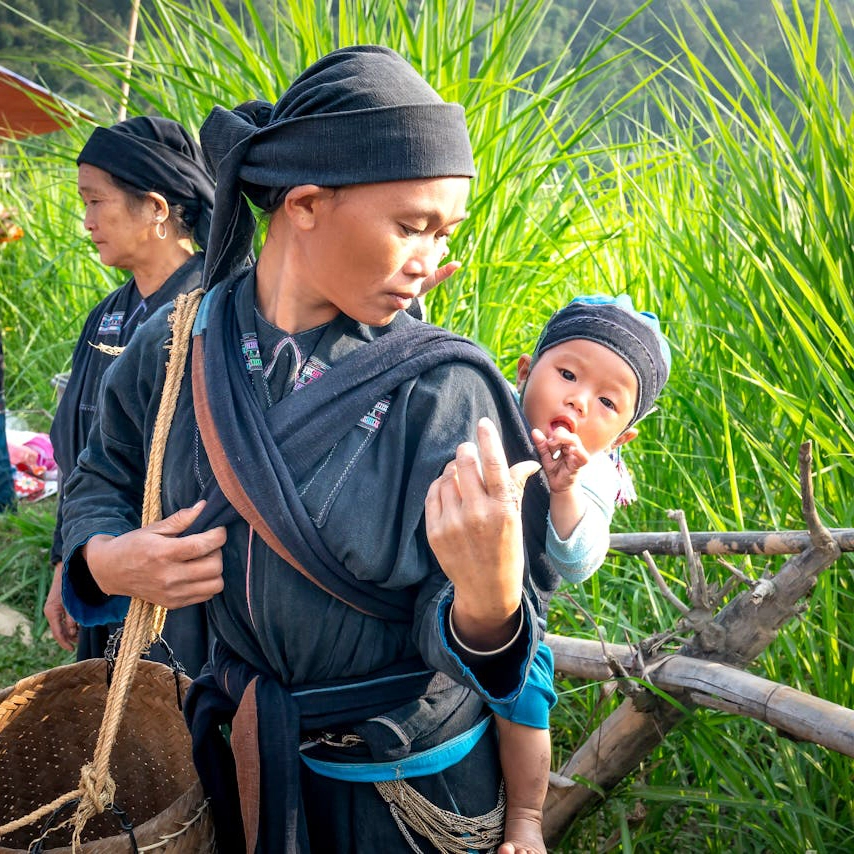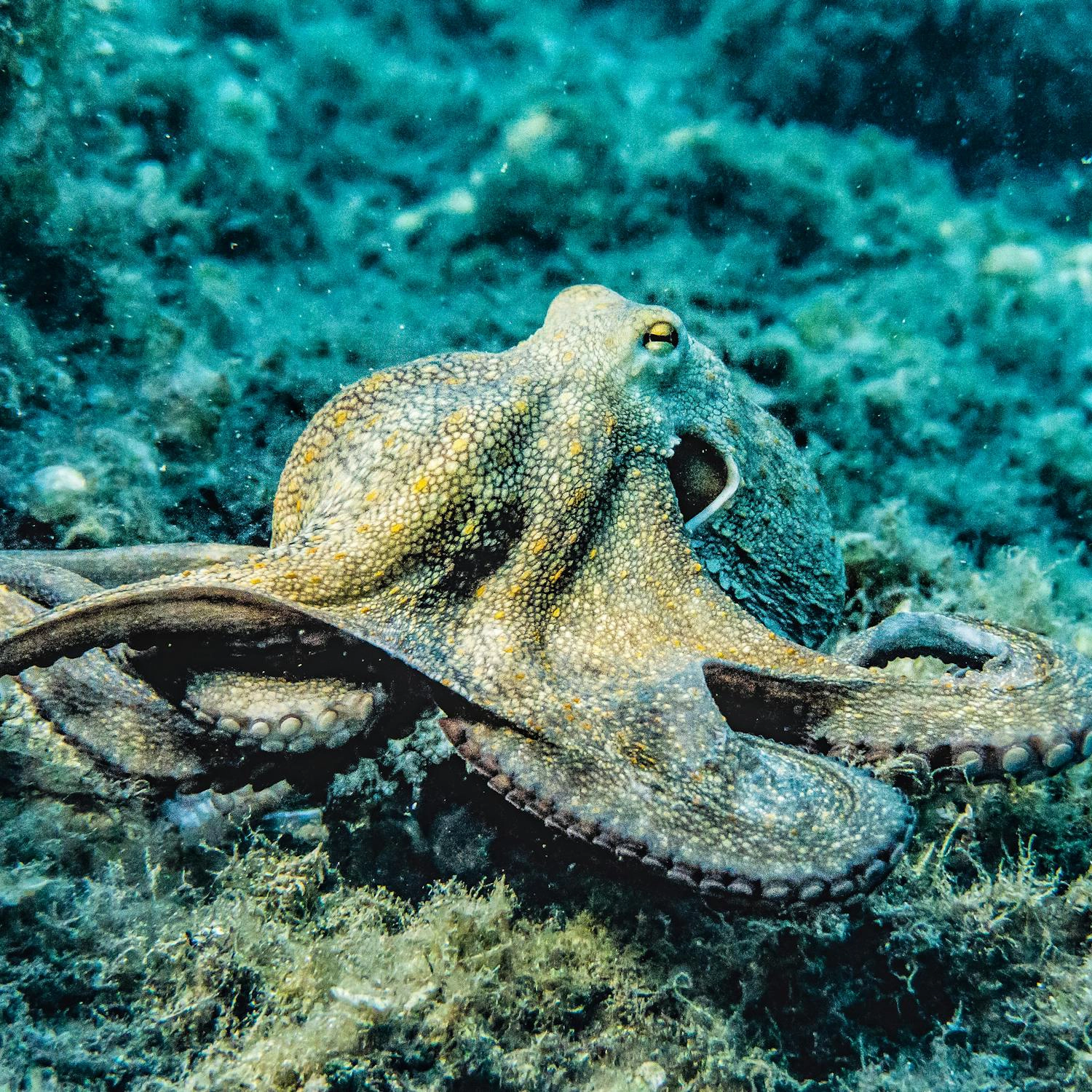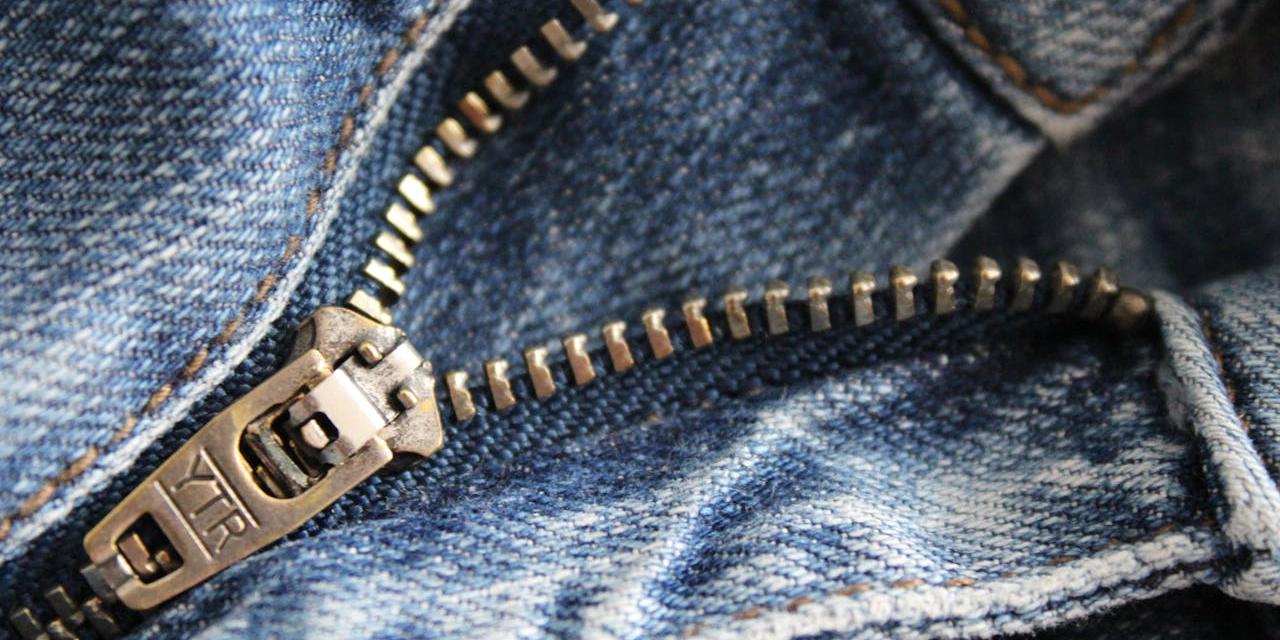Fabrics that are best avoided
Unfortunately many fabrics are not sustainable, but which ones are the real bad boys?
Most of us take fabric for granted. What I mean by that, is we don’t think about what fibres are used to make a yarn. Particularly when a fabric looks like it is natural, so we assume it is exactly that. It might be mostly natural but it is invariably combined with manmade fibres.
It’s becoming more common knowledge that manmade fabrics are contributing to micro-plastics in our waters. Particles that are so fine, that they can’t be filtered out, so we unknowingly drink them. And so to fish, which we then ultimately eat.
But, of course, that’s a bigger problem with clothing, as garments are regularly washed. But curtains are barely ever washed, so what’s wrong with such fibres being used in home interiors?
So here’s a brief summary of each of the fabric types that I recommend to avoid, if you want to make eco-friendly choices for your home.
Cotton (non-organic)
The Soil Association has dubbed non-organic cotton the ‘world’s dirtiest crop’. The production of cotton requires vast areas of land for cultivation, leading to deforestation in some regions. Bad for the environment but also devastating for local communities who rely on the forest for their livelihoods. Cotton is a very thirsty crop, requiring a colossal amount of water, often grown in countries like India and China which suffer from droughts.
Seeds sown are commonly genetically modified for increased yield. Pesticides, herbicides, insecticides and synthetic fertilisers are used which contaminate soil and kills insects. Without those insects, birds and mammals that feed off them suffer.
These chemicals are also harmful to the workers who tend the crops. Chemicals leach into groundwaters, resulting in a damaging effect on aquatic life and human health, including birth defects.
The chemicals also remain in the cotton, and therefore in the final product that we wear and sleep on.
Cotton (BCI)
This stands for the Better Cotton Initiative, a global not-for-profit organisation that aims to make the cotton industry more sustainable. Good? No, not really.
To meet BCI criteria, farmers should follow 7 principles, from minimising the harmful impact of chemicals they use, to caring for the soil. But the word ‘should’ sadly means it is non-binding. It’s just advisory. Also, there are no direct principles on pesticide use, some of which are banned in the EU. BCI is also agnostic towards the use of cheap Genetically Modified seed.
We have to question why BCI cotton is so popular with fast fashion high-street brands, who in themselves are not sustainable. It’s because BCI cotton is cheap to produce, compared to organic cotton. Genuinely ethical brands do not buy BCI cotton.
Yet the high-street brands tell us it’s sustainable. No it’s not, it’s misleading consumers. It’s nothing more than greenwashing. Additionally, BCI cotton is sourced via a system called ‘mass balance’ whereby it gets mixed with ordinary cotton in the supply chain. This means BCI cannot guarantee that any of the fibre in an end product actually comes from ‘better’ production practices.
The resulting increase in uptake in buying BCI cotton, means organic cotton is now much harder to source. This rapid growth of BCI is actually driving down sustainable standards in the cotton industry. Farmers are shying away from growing organic cotton, turning instead to more lucrative BCI crops because the regs are more relaxed, and because big retailers demand cheap ‘eco’ cotton. In India alone, the total organic fibre production has fallen by almost 50%. The dominance of BCI is also driving down the availability of non-GM cotton seeds.
I am also concerned about the BCI’s stance on Uyghur Forced Labour in China. In October 2020, the BCI made the public decision to cease all field-level activities in the Uyghur Region. Their now deleted statement can be found on the respected archive-website Wayback Machine. A backlash by the Chinese government in 2021 resulted in all global brands associated with the BCI being blacklisted. Online brands were blocked by the Chinese internets, and their physical stores disappeared from some digital maps. Then, suspiciously, BCI deleted all public statements and references to its 2020 decision. It has not provided any clarification on Xinjiang cotton since, other than the China branch of the BCI saying it found no sign of forced labour in the Xinjiang region. Hmmm!


Silk
Although silk has many health benefits due its natural antibacterial and hypoallergenic properties, and it is entirely biodegradable, it is born out of a cruel industry. Silk fibres are produced by silkworms when they spin themselves into a cocoon before emerging as a silkmoth. Each silkworm produces one single strand of silk, approximately 100 metres long. The strands are harvested from the cocoon in their raw state by being boiled in hot water (still containing the silkworms) and stirred until the cocoons unravel. A shocking 2,500 silkworms are boiled alive to make just 1/2 kilo of silk. For this reason, I do not offer silk to my clients.
Read more on this topic in my article on silk here.
Viscose (rayon)
Viscose is the ultimate greenwashing bad boy. Although a biodegradable fibre, made from wood pulp from trees such as eucalyptus, beech, and pine, as well as plants like bamboo, soy, and sugar cane, the manufacture of viscose yarns uses chemicals such as carbon disulphide and sodium hydroxide, making it a semi-synthetic material. So many of my suppliers tell me viscose is good, because it’s natural, but they don’t mention the fact that lots of chemicals are used in its manufacture. These dangerous chemicals cause health issues for factory workers, and harm the environment when released into the surrounding air and water courses, thus affecting local communities too. Parts of the world are suffering from deforestation as more and more plants are being grown to supply the growing demand for fabric. As a result, animals face habitat loss and can end up on the endangered species list.
Polyester
Polyester is fast becoming the most common manmade fibre used in interior fabrics, because it is cheap to produce. Polyester is made by the petrochemical industry and uses fossil fuels in its manufacture. Crude oil is refined to make various petrochemicals like ethylene and terephthalic acid, that are essential components for polyester production. For this reason, only recycled polyester is acceptable in my opinion, but only if 100% of the polyester content is recycled. Some fabrics claim to be ‘eco’ but when recycled polyester is mixed with new polyester, then fossil fuels has been used to manufacture that cloth.
Nylon
Very durable due to its strength, Nylon is frequently combined with other fibres to make hardwearing upholstery fabrics. It is very lightweight so is also used as a manmade substitute for silk. But it is a synthetic product made from crude oil, aka plastic. The petrochemical industry is one of the dirtiest industries and nylon textiles therefore contribute to global warming, water pollution and other environmental pollution that stems from the oil industry.



